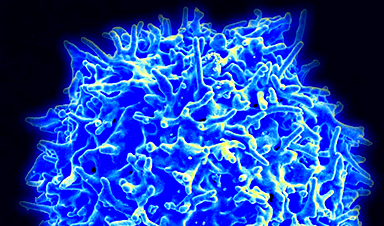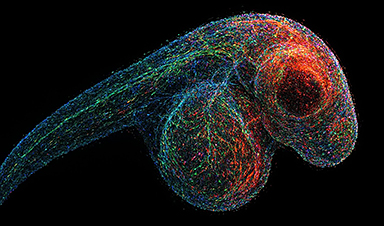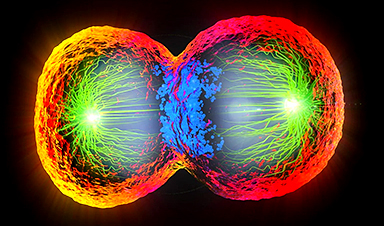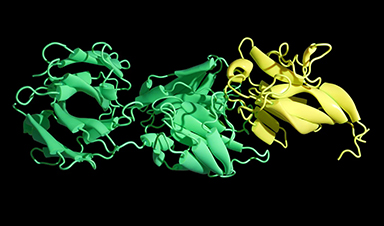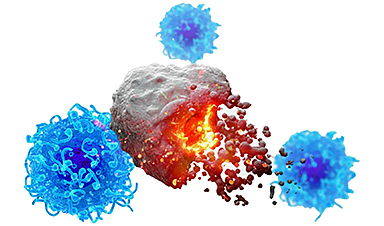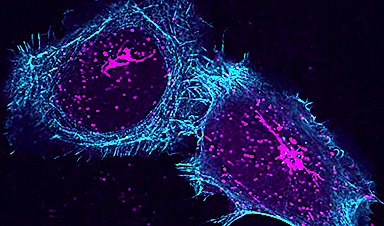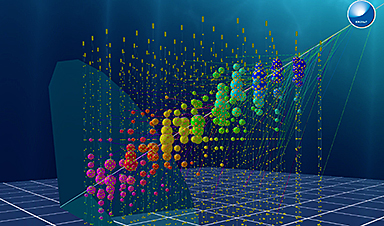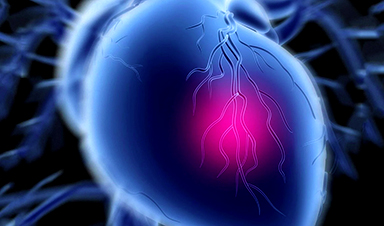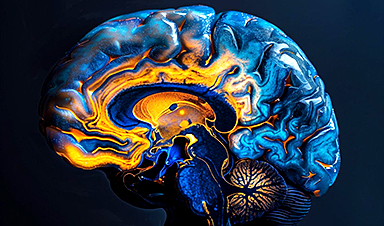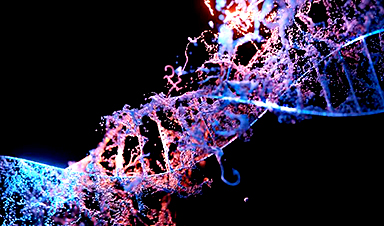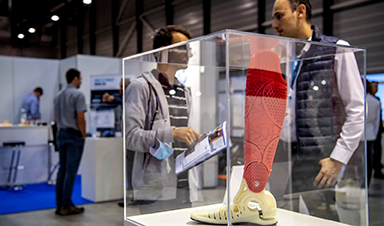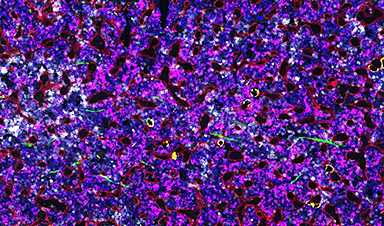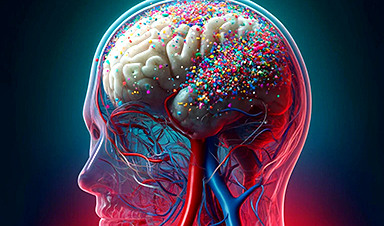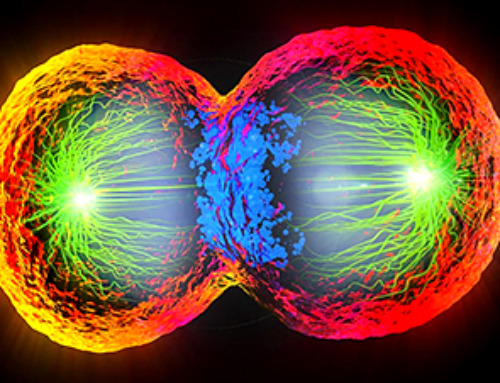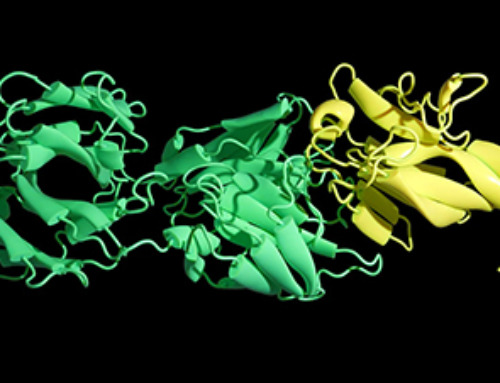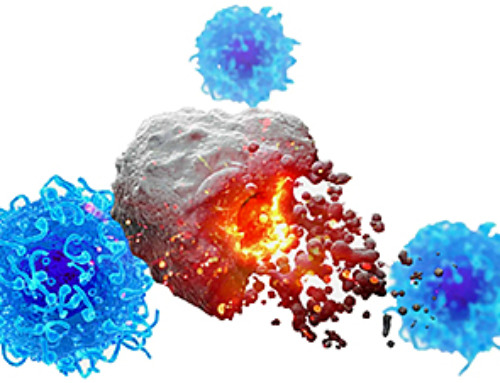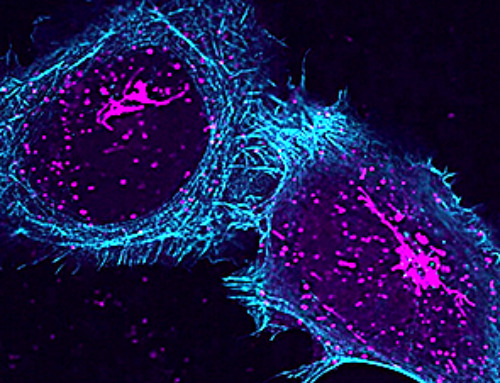Study says some individuals clear virus rapidly due to a strong immune response from existing T-cells, meaning tests record negative result.
We all know that person who, despite their entire household catching Covid-19, has never tested positive for the disease. Now scientists have found an explanation, showing that a proportion of people experience “abortive infection” in which the virus enters the body but is cleared by the immune system’s T-cells at the earliest stage meaning that PCR and antibody tests record a negative result.
About 15% of healthcare workers who were tracked during the first wave of the pandemic in London, England, appeared to fit this scenario.
The discovery could pave the way for a new generation of vaccines targeting the T-cell response, which could produce much longer lasting immunity, scientists said.
Leo Swadling, an immunologist at University College London and lead author of the paper, said: “Everyone has anecdotal evidence of people being exposed but not succumbing to infection. What we didn’t know is whether these individuals really did manage to completely avoid the virus or whether they naturally cleared the virus before it was detectable by routine tests.”
The latest study intensively monitored healthcare workers for signs of infection and immune responses during the first wave of the pandemic. Despite a high risk of exposure 58 participants did not test positive for Covid-19 at any point. However, blood samples taken from these people showed they had an increase in T-cells that reacted against Covid-19, compared with samples taken before the pandemic took hold and compared with people who had not been exposed to the virus at all. They also had increases in another blood marker of viral infection.
The work suggests that a subset of people already had memory T-cells from previous infections from other seasonal coronaviruses causing common colds, which protected them from Covid-19.
These immune cells “sniff out” proteins in the replication machinery – a region of Covid-19 shared with seasonal coronaviruses – and in some people this response was quick and potent enough for the infection to be cleared at the earliest stage. “These pre-existing T-cells are poised ready to recognise SARS-CoV-2,” said Swadling.
The study adds to the known spectrum of possibilities after exposure to Covid-19, ranging from escaping infection entirely to severe disease.
Alexander Edwards, associate professor in biomedical technology at the University of Reading, said: “This study identifies [a new] intermediate outcome – enough virus exposure to activate part of your immune system but not enough to experience symptoms, detect significant levels of virus or mount an antibody response.”
The finding is particularly significant because the T-cell arm of the immune response tends to confer longer lasting immunity, typically of years rather than months, compared with antibodies. Nearly all existing Covid-19 vaccines focus on priming antibodies against the vital spike protein that helps SARS-CoV-2 enter cells. These neutralising antibodies give excellent protection against severe illness. However, the immunity wanes over time and a potential weakness of spike-based vaccines is that this region of the virus is known to mutate.
By contrast, the T-cell response does not tend to fade as quickly and the internal replication machinery that it targets is highly conserved across coronaviruses, meaning a vaccine that also targeted this region would probably protect against new strains – and possibly even against entirely new pathogens.
“Insights from this study could be critical in design of a different type of vaccine,” said Andrew Freedman, reader in infectious diseases at Cardiff University School of Medicine. “A vaccine that primes T-cell immunity against different viral protein targets that are shared between many different coronaviruses would complement our spike vaccines that induce neutralising antibodies. Because these are components within the virus, antibodies are less effective – instead, T-cells come into play.”
News
DNA Microscopy Creates 3D Maps of Life From the Inside Out
What if you could take a picture of every gene inside a living organism—not with light, but with DNA itself? Scientists at the University of Chicago have pioneered a revolutionary imaging technique called volumetric DNA microscopy. It builds [...]
Scientists Just Captured the Stunning Process That Shapes Chromosomes
Scientists at EMBL have captured how human chromosomes fold into their signature rod shape during cell division, using a groundbreaking method called LoopTrace. By observing overlapping DNA loops forming in high resolution, they revealed that large [...]
Bird Flu Virus Is Mutating Fast – Scientists Say Our Vaccines May Not Be Enough
H5N1 influenza is evolving rapidly, weakening the effectiveness of existing antibodies and increasing its potential threat to humans. Scientists at UNC Charlotte and MIT used high-performance computational modeling to analyze thousands of viral protein-antibody interactions, revealing [...]
Revolutionary Cancer Vaccine Targets All Solid Tumors
The method triggers immune responses that inhibit melanoma, triple-negative breast cancer, lung carcinoma, and ovarian cancer. Cancer treatment vaccines have been in development since 2010, when the first was approved for prostate cancer, followed [...]
Scientists Uncover Hidden Protein Driving Autoimmune Attacks
Scientists have uncovered a critical piece of the puzzle in autoimmune diseases: a protein that helps release immune response molecules. By studying an ultra-rare condition, researchers identified ArfGAP2 as a key player in immune [...]
Mediterranean neutrino observatory sets new limits on quantum gravity
Quantum gravity is the missing link between general relativity and quantum mechanics, the yet-to-be-discovered key to a unified theory capable of explaining both the infinitely large and the infinitely small. The solution to this [...]
Challenging Previous Beliefs: Japanese Scientists Discover Hidden Protector of Heart
A Japanese research team found that the oxidized form of glutathione (GSSG) may protect heart tissue by modifying a key protein, potentially offering a novel therapeutic approach for ischemic heart failure. A new study [...]
Millions May Have Long COVID – So Why Can’t They Get Diagnosed?
Millions of people in England may be living with Long Covid without even realizing it. A large-scale analysis found that nearly 10% suspect they might have the condition but remain uncertain, often due to [...]
Researchers Reveal What Happens to Your Brain When You Don’t Get Enough Sleep
What if poor sleep was doing more than just making you tired? Researchers have discovered that disrupted sleep in older adults interferes with the brain’s ability to clean out waste, leading to memory problems [...]
How to prevent chronic inflammation from zombie-like cells that accumulate with age
In humans and other multicellular organisms, cells multiply. This defining feature allows embryos to grow into adulthood, and enables the healing of the many bumps, bruises and scrapes along the way. Certain factors can [...]
Breakthrough for long Covid patients who lost sense of smell
A breakthrough nasal surgery has restored the sense of smell for a dozen long Covid patients. Experts at University College London Hospitals NHS Foundation Trust successfully employed a technique typically used for correcting blocked nasal passages, [...]
Scientists Invent Plastic That Can Dissolve In Seawater In Just A Few Hours
Plastic waste and pollution in the sea have been among the most serious environmental problems for decades, causing immense damage to marine life and ecosystems. However, a breakthrough discovery may offer a game-changing solution. [...]
Muscles from the 3D printer
Swiss researchers have developed a method for printing artificial muscles out of silicone. In the future, these could be used on both humans and robots. Swiss researchers have succeeded in printing artificial muscles out [...]
Beneficial genetic changes observed in regular blood donors
Researchers at the Francis Crick Institute have identified genetic changes in blood stem cells from frequent blood donors that support the production of new, non-cancerous cells. Understanding the differences in the mutations that accumulate [...]
Shocking Amounts of Microplastics in the Brain – It Could Be Increasing Our Risk of Dementia
The brain has higher concentrations of plastic particles compared to other organs, with increased levels found in dementia patients. In a comprehensive commentary published in Brain Medicine, researchers highlight alarming new evidence of microplastic accumulation [...]
Baffling Scientists for Centuries: New Study Unravels Mystery of Static Electricity
ISTA physicists demonstrate that contact electrification depends on the contact history of materials. For centuries, static electricity has intrigued and perplexed scientists. Now, researchers from the Waitukaitis group at the Institute of Science and [...]
